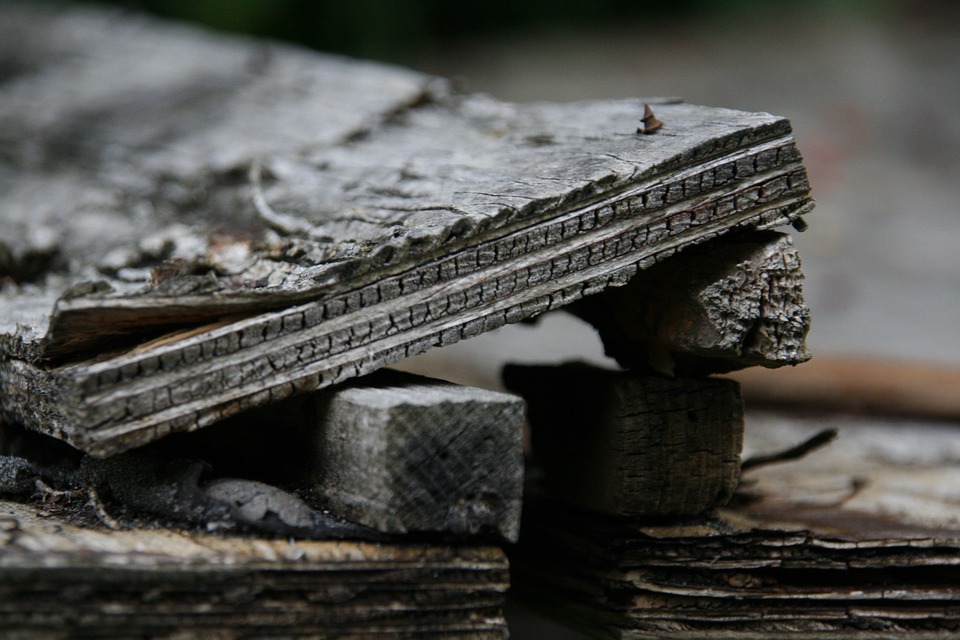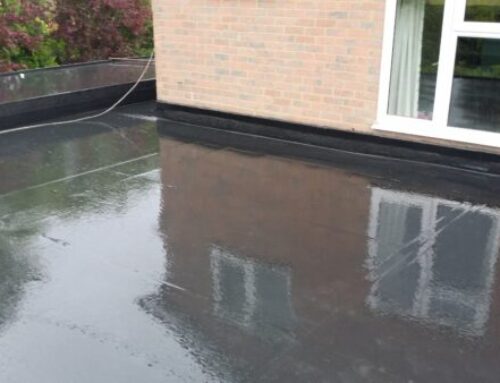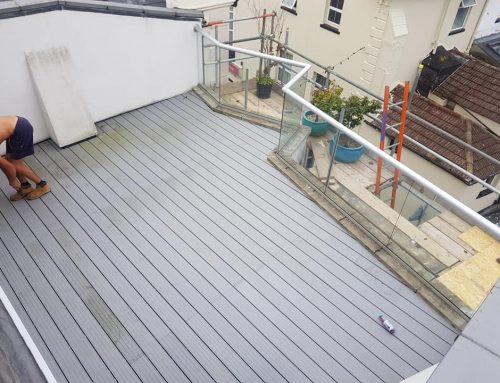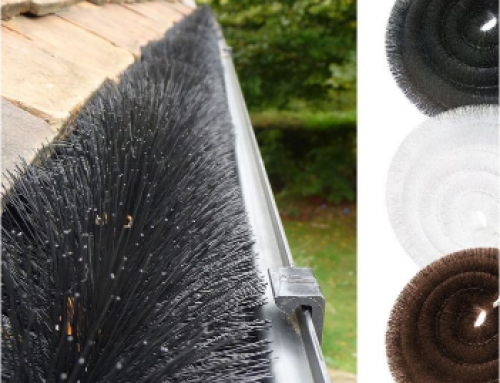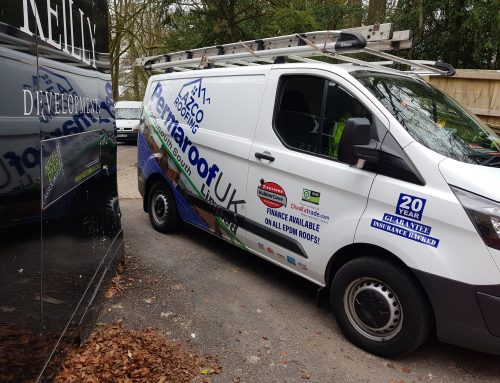If you’ve ever seen a damp patch on your ceiling upstairs, you’ll have felt that sinking feeling. Hopefully it will be a quick fix roof repair or maybe even overflowing gutters that have caused it. But the possibility of a rotting roof weighs heavily on the mind and sometimes on the pocket too.
You will need to investigate damp patches on the ceiling carefully and go into the roof space to find out more. If you smell damp or mould, then you could be faced with a rotting roof. The earlier you spot this type of problem the better for your roof. This is because some types of roof rot can be treated if caught early enough.
The signs of roof rot
A leaking roof is often only spotted when the signs of a problem are seen inside the house. Some of these signs are easy to spot and others are more subtle:
- Water droplets appearing on ceilings or walls
- Damp patches
- Mould or mildew
- Sagging ceiling
- Wallpaper coming away from the walls
- Blown plaster or plasterboard
- Damp smell
From the roof space, attic or from the exterior of the property, it may be much more obvious, even to the untrained eye, to spot signs of a rotting roof:
- Wet timbers appear darker than others
- Sagging roof
- Roof decking warped
- Light visible through the roofing
- Swollen insulation
- Blown brickwork
- Overflowing gutters
- Damp smell
Repair or replace a rotting roof?
If caught at a very early stage, a leaking roof can be effectively repaired and sealed to prevent further water ingress. However, if a repair has been overlooked and the roof leak has been going on for some time, there is every likelihood that the damaged timbers will need to be removed and replaced.
If your roofing suffers from regular leaks, it may be time to look at a roof replacement. This may prove to be a cheaper option over the long term, particularly with the performance of some of today’s best roofing materials.
What can you do to avoid roof rot?
To avoid or minimise the risk of a rotting roof, it is a good idea to carry out a regular inspection of the roofing. Professionals and surveyors suggest that twice-yearly inspections can ensure that any issues are spotted before they become major problems further down the line.
In addition, you can conduct a visual inspection as often as you want to. It is good practice to check the roofing of your home and other garden buildings or garages after poor weather or storms. Remove large debris from flat roofing and make sure that gutters stay clear and free flowing to avoid damage to the roof deck.
Permaroof Portsmouth has more than 25 years’ experience in the industry and there isn’t much we haven’t seen during that time. We can help homeowners in Portsmouth and the surrounding areas with no-obligation surveys to determine which stage your rotting roof is at and recommend the best way forward to get it sorted out fast.
Talk to us today to arrange your survey and let’s find out what’s going on with your roofing.
